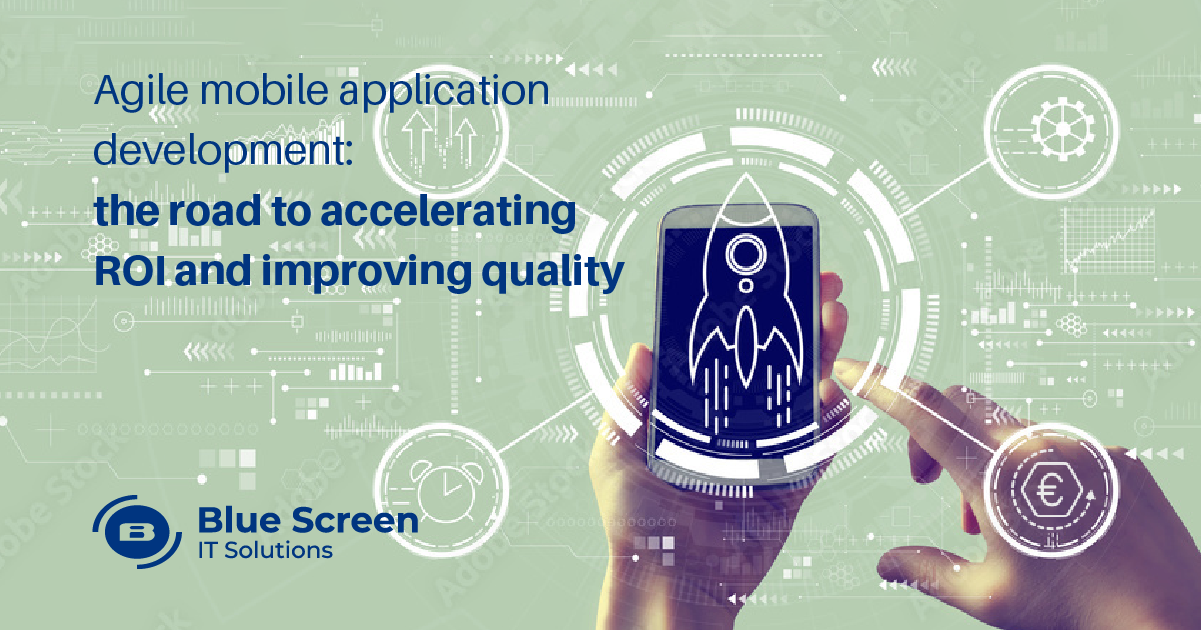Already using a human-focused and results-oriented approach to ensure an effective and agile mobile application development? In the fast-paced and competitive economy we live in today, it certainly makes all the difference.
By being centered around adaptive planning, self-organized, cross-functional teams and short delivery times it’s easier to mitigate risks, innovate at the speed of the business, address an ever-changing market, and overcome customer needs/expectations.
And note that Agile is no longer confined to IT development teams. According to a Digital.ai study, Agile methodologies, tools and processes saw a significant increase in adoption across the entire organization, with adoption by non-IT lines of business doubling since last year’s report, and adoption in software development teams increasing from 37% to 86%.
Benefits of agile mobile application development
Developing mobile apps using Agile methodologies, aligned with low-code development technology, means that the chances to get a fast return on investment and a highly valuable product are much higher. This is because of its core characteristics:
- Iterative, incremental, and evolutionary
- Efficient communication
- Short feedback loop and adaptation cycle
- Quality focus
In fact, unlike traditional models, in agile mobile application development testing, validation and experimentation are done after every and each one of the small deliveries. Also, this approach represents a “product” rather than a “project” mindset, providing greater flexibility throughout the development cycles and allowing to rapidly evolve in response to shifts in business environment or market conditions.
Agile mobile application development is for sure the best way to improve efficiency and quality. In order to make that happen there are 5 steps assumed by agile frameworks:
Envision – Conceiving the idea for the digital product by discovering a gap in the market. This phase includes identifying stakeholders, defining the product purpose, goals, KPIs and customer challenges it addresses, shaping a plan and building/finding/engaging a committed team (Internal, external, or mixed. It is critical that they have all the knowledge about the product vision, objectives, target, and pains it solves).
Speculate – Listing the features, prioritizing, putting them in a timeline and determining milestones.
Explore – Executing the mission and getting things done through several iterations until the expected outcome is achieved in each one. As “adaptability” is a keyword in agile methodologies, this phase works parallel with the next one.
Adapt – Receiving and considering feedback about the product and experience it provides while it is being developed and delivered in short cycles. This ensures that requirements are strictly met, significantly increasing teams’ efficiency and effectiveness.
Close/Maintain – Releasing the final product to the market, monitoring and continuously improving it with new versions and features.
Why Blue Screen IT Solutions is the right partner in Agile mobile application development?
Blue Screen is a software development company with more than 20 years of experience. We use low-code technologies and agile methodologies to accelerate deliveries, enhance quality and provide cost-effective customized solutions.
Count on us and our specialized team for you next mobile project!

